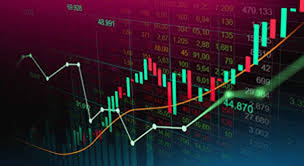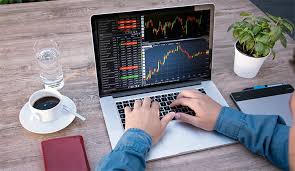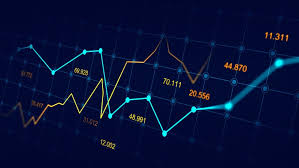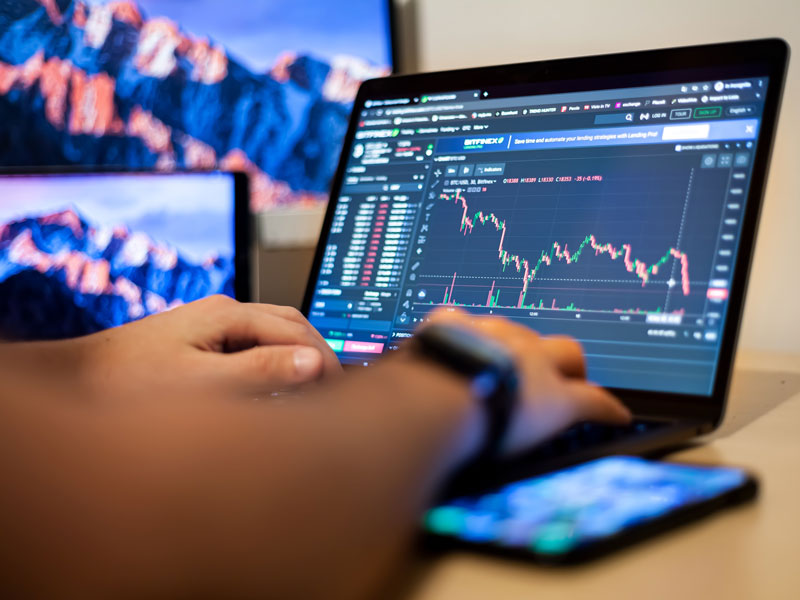
Forex Trading Framework: Professional Guidelines for Success
The world of forex trading is both exhilarating and challenging, requiring a solid understanding of various principles and a disciplined approach. To truly thrive in this market, traders must adopt a comprehensive framework that encompasses not only market analysis but also psychology, risk management, and strategic planning. For in-depth insights and resources, visit forex trading framework professional guidelines forex-level.com. This article will provide a detailed overview of a professional forex trading framework, emphasizing essential guidelines that can lead to long-term success.
1. Understanding the Forex Market
The forex market, or foreign exchange market, is the largest and most liquid financial market in the world. It operates 24 hours a day and is decentralized, meaning that it doesn’t have a central exchange. Understanding the dynamics of currency pairs, market participants, and the multiple factors that influence currency movements is vital. Successful traders spend time learning about how geopolitical events, economic data releases, and central bank policies affect the forex market.
2. Establishing a Robust Trading Plan
A well-defined trading plan serves as the cornerstone of any successful forex trading strategy. Your trading plan should clearly outline your trading goals, risk tolerance, and specific strategies for entering and exiting trades. It should also include details on how you’ll manage trades once they are open, including setting stop-loss and take-profit orders. Additionally, it’s important to review and adjust your trading plan regularly based on your performance and changes in market conditions.
3. Developing Effective Trading Strategies
Professional forex traders employ various strategies depending on their trading style, whether it’s scalping, day trading, swing trading, or position trading. Each strategy has its own characteristics, risks, and potential rewards. Here are some widely used strategies:
- Technical Analysis: Utilizing charts and indicators to identify patterns and trends.
- Fundamental Analysis: Analyzing economic indicators, news events, and financial reports to forecast currency movements.
- Sentiment Analysis: Assessing the mood of the market to gauge potential reversals or continuations.
Moreover, backtesting your strategies on historical data can be an excellent way to measure performance before deploying them in live trading.
4. Risk Management Practices
Risk management is a critical component of a successful trading framework. It involves setting rules to minimize losses while maximizing profits. Here are key elements to consider:

- Position Sizing: Determining how much of your capital to risk on a single trade.
- Stop-Loss Orders: Placing automatic orders to close a position at a predetermined price limit, thereby controlling potential losses.
- Diversification: Spreading risk across different currency pairs and trading instruments to mitigate exposure to any single asset.
Effective risk management can mean the difference between long-term success and ruin in the forex market.
5. Trading Psychology and Discipline
The psychological aspect of trading is often overlooked, yet it plays a crucial role in a trader’s success. Many traders struggle with emotions such as fear, greed, and impatience, which can lead to poor decision-making. Here are strategies to improve your trading psychology:
- Maintain a Trading Journal: Keeping track of your trades, including your reasoning and emotions at the time of each trade, helps identify recurring mistakes and fosters accountability.
- Set Realistic Expectations: Understand that losses are part of trading. Setting achievable goals can help you remain focused and motivated.
- Practice Mindfulness: Techniques such as meditation or deep-breathing exercises can reduce stress and improve focus.
6. Continuous Education and Networking
The forex market is constantly evolving, making it essential for traders to stay updated on the latest developments, tools, and strategies. Continuous education can take many forms:
- Online Courses and Webinars: Various platforms offer training sessions led by experienced traders.
- Networking with Other Traders: Engaging with a community of traders can provide valuable insights and support.
- Reading Books and Research Papers: Staying informed through literature can deepen your understanding and improve your trading skills.
7. Utilizing Trading Tools and Platforms
Today’s forex traders have access to a wide range of tools and platforms that can aid in analysis and execution. Familiarize yourself with different types of trading software, including:
- Trading Platforms: Functional software that allows you to execute trades, monitor your portfolio, and implement your strategies (e.g., MetaTrader, TradingView).
- Technical Analysis Tools: Indicators, charting tools, and plugins that aid in market analysis.
- Automated Trading Systems: Programs that can trade on your behalf based on your preset strategies and parameters.
Conclusion
In conclusion, establishing a professional forex trading framework requires a holistic approach that integrates technical knowledge, strategic planning, risk management, and emotional discipline. By following these guidelines and remaining committed to continuous improvement, traders can significantly enhance their chances of achieving long-term success in the dynamic world of forex trading. Remember, the market is full of opportunities, but only those who are well-prepared can seize them.

